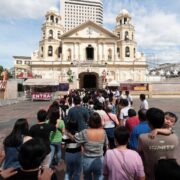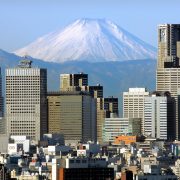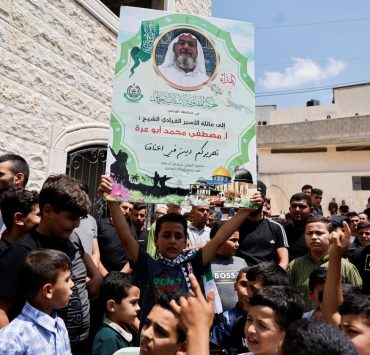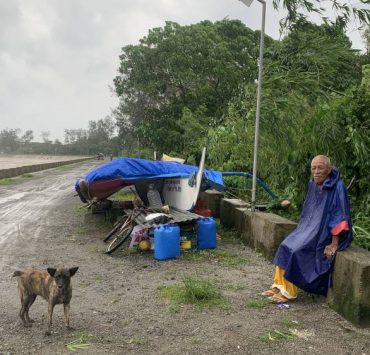In BARMM, water sources in flood-hit areas tainted
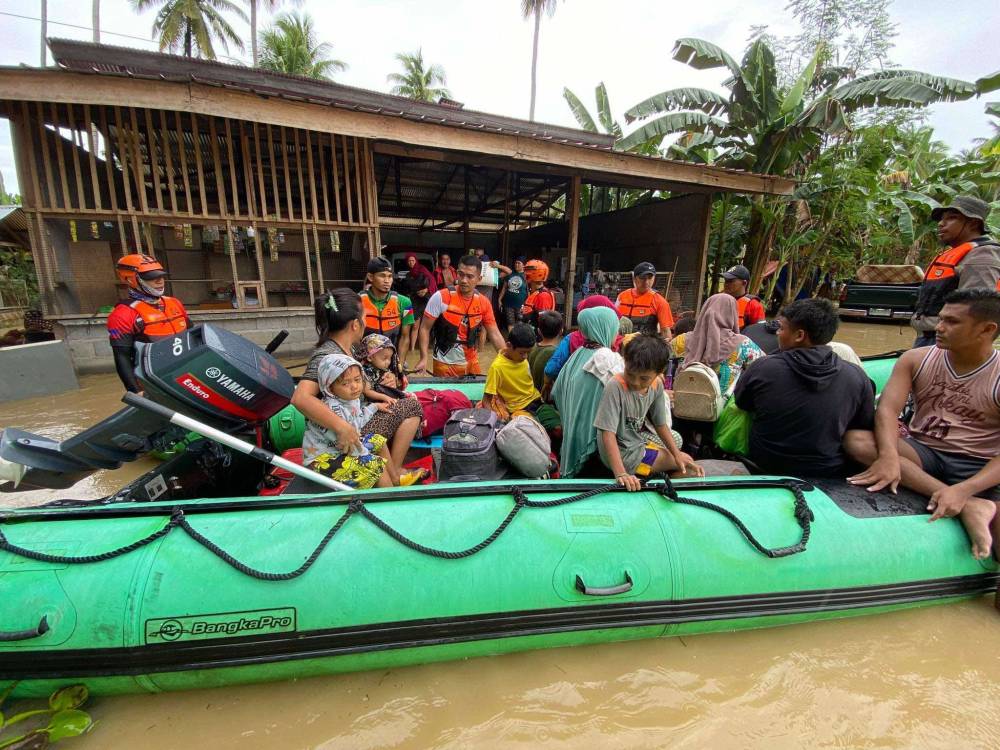
COTABATO CITY—Health authorities in the Bangsamoro Autonomous Region in Muslim Mindanao (BARMM) alerted disaster response front-liners in flooded areas in the region to urge local residents to boil water they use for drinking and preparing food.
The advisory followed the release of test results suggesting that water sources in many parts of Maguindanao del Sur and Maguindanao del Norte provinces and in the towns of the Special Geographic Area (SGA) are positive for E. coli (Escherichia coli) bacteria.
The situation was observed after many communities in these areas were underwater for several days following massive floods due to torrential rains last week, according to Dr. Kadil Sinolinding Jr., BARMM health minister.
Sinolinding said health workers noted rising cases of diarrhea in flooded areas in the region.
“We noted rising cases of stomach disorders among flood-affected residents in the region and our health front-liners reported to me that drinking water and water used for food preparations were tested positive of E. coli,” Sinolinding said.
He said the health ministry distributed over 5,000 chlorine tablets (Aquatabs) to sterilize their stock “so that our evacuees and flood victims are safe [as they consume their] drinking water.”
E. coli is normally found in rivers, streams, lakes and canals. During flooding, fecal material from overflowing sewage and agricultural or industrial waste mix with floodwater.
Sinolinding warned that consumption of E. coli-contaminated water can be fatal as it could result in severe dehydration from diarrhea.
Proper sanitation
The best prevention for bacterial infection, he stressed, is boiling the water that residents use.
He also reminded the public in inundated areas to observe proper sanitation and waste disposal as improper discharge of waste can cause an outbreak of waterborne diseases.
The massive floods in BARMM’s four provinces and the SGA have displaced thousands of families from their homes.
As of Wednesday, authorities counted 10,368 families still staying in 24 evacuation centers in Maguindanao del Norte, Maguindanao del Sur and the SGA.
In Zamboanga City, health officials have asked the local government to purchase up to 70,000 doses of the antibiotic doxycycline to respond to cases of leptospirosis among flood-affected residents in 32 villages. The flooding last week displaced over 5,000 families.
Leptospirosis is a disease caused by the bacterium Leptospira that is found in water contaminated by the urine of infected rats.
According to the US Centers for Disease Control and Prevention, leptospirosis, without treatment, can lead to kidney damage, meningitis (inflammation of the membrane around the brain and spinal cord), liver failure, troubled breathing and even death.



